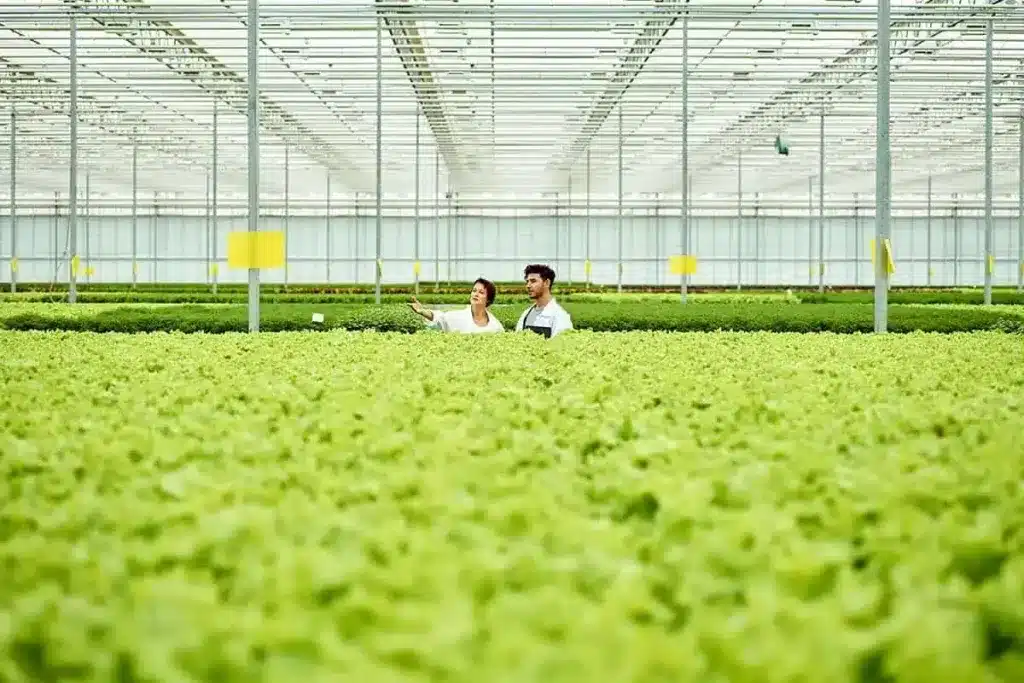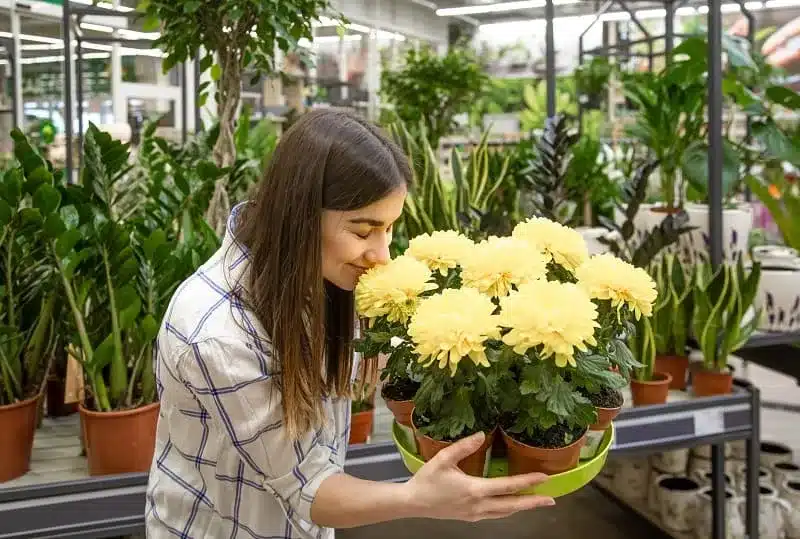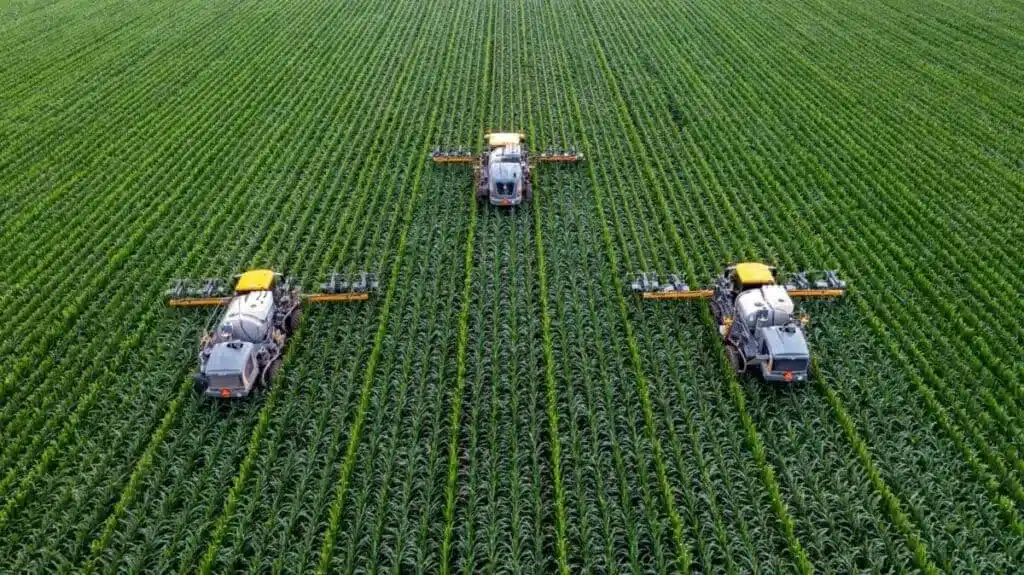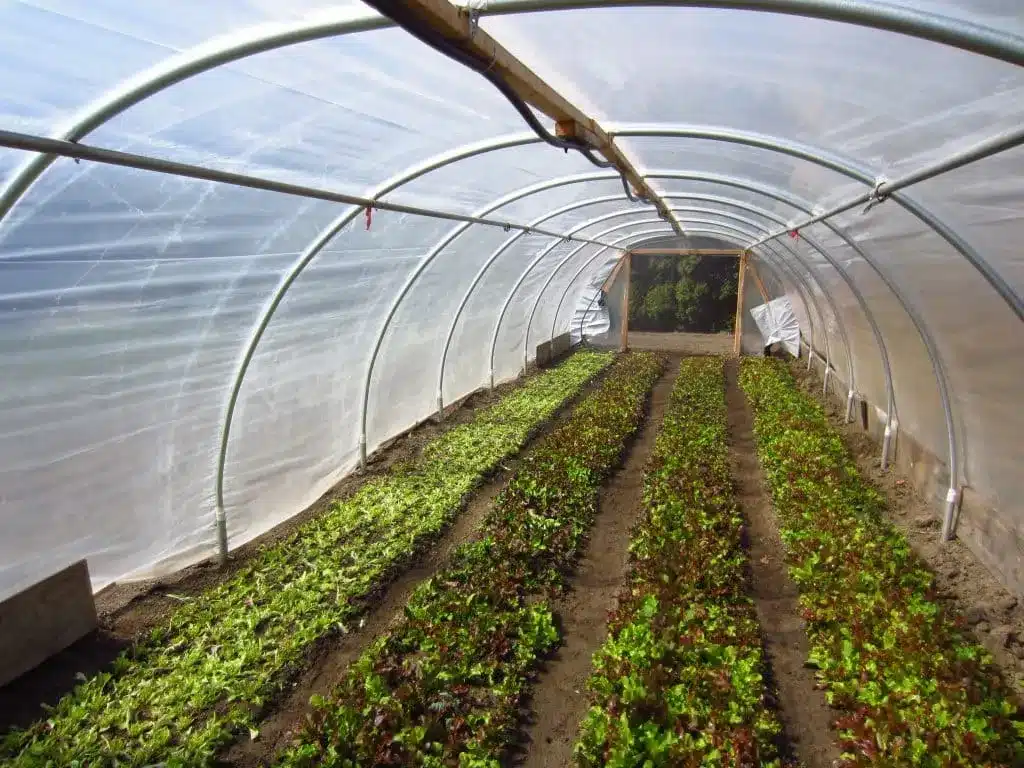Table of Contents
Do you want to make your piece of land bloom with plants of all shapes and kind? If you have a craze for gardening, you really must own an organic farm. However, have you ever thought of commercial gardening? You must have heard about some unique ornamental plants. Now there solely depend upon the market gardening type. People who love gardening, always look at various, trendy and new ideas to plant stuff into their soil. Whether you want to go for the mor accurate plantation through the moon calendar, or just to increase the show of your garden through tropical gardening and incorporating exotic flowers from all over the world. Now, if you’re thinking what exactly this commercial type of gardening is, don’t worry we are going to go in complete detail about each and everything. Hence, let us a enter this urban garden!

What is Commercial Gardening?
If you ask us, gardening can not only be described as a mere hobby, but if you are entering this world, it is rather a responsibility. Whether you be maximizing the yield with the square foot gardening planner or just performing pallet gardening for beginners, you must be completely aware of what you are doing. The art and science of growing plants, fruits, and vegetables in urban environments for commercial gain is known as commercial gardening.
Producing and maintaining food crops, turfgrass, and ornamental plants are all part of this discipline, frequently occurring in the colorful landscapes of establishments, public spaces, and companies. Commercial gardeners deal with issues like pest control, environmental health hazards, and financial gain while concentrating on designing aesthetically beautiful and sustainable ecosystems.
Commercial gardening is conducted across the United States in various climates using small farms and urban agriculture practices. This field contributes to the larger picture of commercial farming by interacting with mixed crop and livestock systems, organic agriculture, and other fields. Let us look at it a bit more closely!

The Essence of Commercial Gardening
· Purposeful Design of Commercial Gardening
Commercial gardening transcends simple aesthetics by incorporating greenery into valuable areas. Plants that grow well in particular conditions are carefully chosen by gardeners, increasing their aesthetic value as well as their usefulness.
· Creative Solutions
Commercial gardeners use innovative solutions like vertical gardens, container gardening, and green roofs in urban environments with a shortage of space and many environmental issues. These methods reduce the effects of pollution and fluctuating light levels while optimizing space efficiency.
· Sustainability in Focus
Commercial gardening embraces sustainability using techniques like native plant selections and water-efficient irrigation systems. In line with a greener future, these initiatives not only lessen their adverse effects on the environment but also meet the growing demand for environmentally friendly landscaping services.

A Look at the Market Outlet for Commercial Gardening
The Commercial Gardening Industry’s Market Dynamics
- Where is commercial gardening practiced? Larger farms and gardens seriously threaten small farmers as their agrochemical expenses continue to rise.
- Even for comparable pricing, consumers are increasingly drawn to veggies grown organically.
Future Prospects
- Commercial gardening will have a bright future that could benefit growers.
- Before beginning their farm, newcomers should gather experience on established ones.
Lifestyle Advantages
- Residents in rural and suburban areas can lead a dreamy lifestyle while growing organic gardens.
- Commercial gardening endeavors benefit from the expertise of professional gardeners.
Now, this emphasizes the advantages of living in suburban and rural settings, the competitive problems small farmers confront, hence, the rising consumer demand for organic products, and the optimistic future of commercial gardening.

Difference Between Horticulture & Agriculture
Horticulture
- Involves fewer acreage plots and a narrower range of crops.
- It is frequently grown without the use of equipment or draft animals.
- Hence, commercial horticulture stresses the use of intensive cultivation methods for particular crops.
Agriculture
- Operates on a bigger scale than gardening.
- Requires draft animals or technology to cultivate effectively.
- Focuses on producing large quantities of a wider variety of livestock or crops.
Crop cultivation is a common practice in both horticulture and agriculture, however there are notable differences in quantity, variety, and degree of mechanization. While agriculture seeks to achieve efficient mass production over more expansive areas through new agricultural technologies, horticulture optimizes yield and quality through intense growing season practices.

Final Thoughts
Coming to an end, the dynamic commercial gardening industry is on producing valuable products such as ornamental plants, fruit farming, and vegetables. Local markets, eateries, and supermarkets are examples of market outlets. Compared to traditional agriculture, commercial gardening frequently uses smaller areas and intensive cultivation and crop harvest. Small urban farmers and urban farmed agriculture are essential in providing fresh produce to city people. Hence, commercial gardeners need to understand crop cycles, soil composition, and climate. Market gardeners and small-scale farms make significant contributions in the United States as we have discussed above, frequently utilizing sustainable ways to lower carbon dioxide emissions.
In conclusion, commercial culture of planting is an essential component of the food system as the link between conventional agriculture and urban farming and the source of a consistent supply of fresh, locally sourced vegetables as well as dairy farming. Let us spread nature commercially all over!
